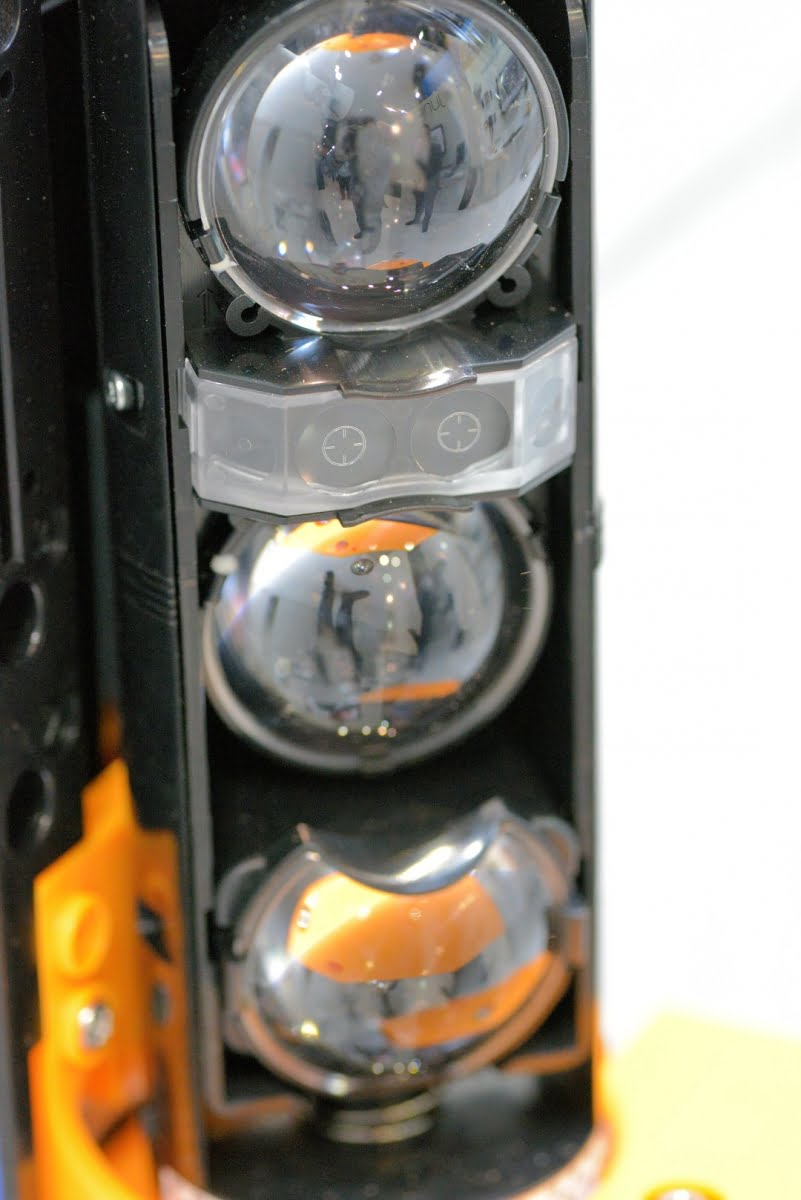Can you use infrared barriers for long-range perimeter applications – 250 metres or greater – and what sorts of issues should we look out for when doing so?
A: Infrared barriers generate a multiple beam ‘fence’ using solid state infrared sources, usually gallium arsenide diodes. These sources are modulated at particular frequencies to reduce the chances an intruder can substitute another IR source into the pattern. The beams are too low in frequency to be visible to observers, making it impossible for the beam patterns to be seen and avoided by intruders.
The beam passes through a lens in the transmitter and is directed towards a receiver which forms the other end of the zone, which can be long – up to 300 metres. When the beams reach the receiver, they pass through a lens that focuses their energy onto a photoelectric cell and the IR energy is converted into an electrical signal that mirrors the radiant energy arriving. The receiver monitors signals received and will activate if the signal drops under a threshold for a particular time, typically that’s 90 per cent blockage for between 50 and 100 milliseconds. The idea is to reduce the probability that birds or rubbish blowing between the beams can create a false alarm.
Obviously with a detector zone or detection zone of 300 meters you need to be careful of sources of attenuation that may include rain, fog, snow, dust storms. Because these sensors are line of sight, they need to be installed over level ground. Depending on your application, this requirement may limit zone length or demand some earthworks to ensure the perimeter can’t be breached by an intruder approaching through low ground.

And the key over longer ranges is to ensure the best possible alignment between transmitter and receiver. Any misalignment will lead to signal deflection because the energy beam is so narrow – the longer the distance between transmitter and receiver, the further off a misaligned beam will be when it arrives at the receiver. This makes commissioning (and re-commissioning) very important. You need to ensure your solution is designed to make commissioning as easy and exact as possible – the latest solutions do that.
Also important with long zones is maintenance. Any thermal movement of ground or mounting points creates or increases misalignment, reducing a signal’s field of acceptance, causing a reduction in energy at the receiver and making false alarms more likely. Movement can be caused by the ground freezing, thawing, heating – it will be impacted by the changing moisture levels of the soil and by the soil type, too, as well as by sensor stacks or their mounting points being bumped by vehicles or site maintenance equipment like lawn mowers.
It can be good policy to install infrared perimeter sensors over slightly less distance than their maximum in order to ensure easiest alignment and least signal attenuation, but quality solutions should take these challenges into account. Long-range IR is extremely good at detecting people running or attempting to jump or crawling into perimeters, with a complex detection fence just centimetres above the ground to a height of 4-5 metres – it’s economical, easy to connect to alarm panels and the latest solutions are networkable.
The best source of information for perimeter IR will be suppliers – onsite testing is likely to be the best way to familiarise your team with the capabilities of these solutions.
#sen.news









